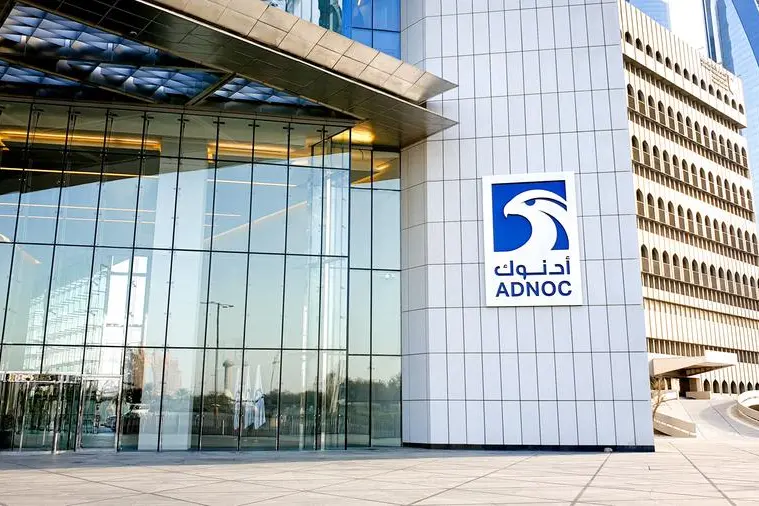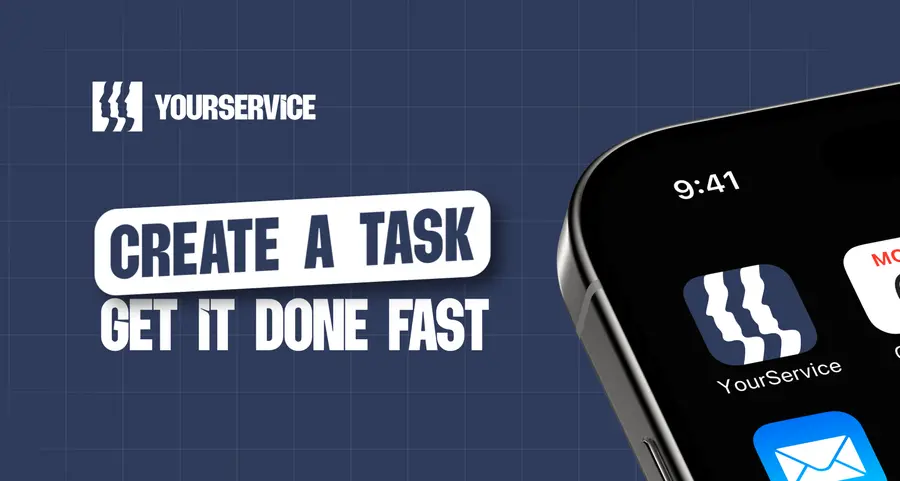What if computing resources could be shared in the same way that content is shared on the world wide web? Users on the web don't need to know what system or software a website runs on - this is what grid computing aims to do for computing resources.
Grids, if successful, could be as significant to corporations as the web - perhaps more so. For some time, researchers have been experimenting with grids to share computing power and move data around. The National e-Science Centre in Edinburgh has set out a framework for the development of a UK National Grid. The UK government plans to open up this grid to the private sector to give companies that need additional computing power access to this supercomputing "utility."
The logical extension would be to make computing resources available to the public and to companies on a pay-per-use model - a so-called public or global grid. IT vendors have likened grid computing to a utility model, because the former mirrors the way in which electricity and other utilities are supplied: on demand. However, processing cycles and data access are not as fungible as household electric current and, despite the hype, turning on computing services as easily as flipping an electric switch is years away.
In a grid, all of the networked computers act as a single "virtual" computer. Using scheduling software, grids can identify available resources and allocate tasks for processing. Requests for resources are processed wherever it's convenient, or where a specific function resides. The key is that computers or grid nodes act independently without centralised control, if one set of resources isn't available they'll simply use another.
Sharing resources, therefore, improves utilisation, a key concern for CIOs under pressure to run their IT as a business. Grid techniques align with other CIO dilemmas as well: building strong IT delivery environments, aligning IT investment with business direction and processes and stabilising costs. Turning fixed costs into variable costs should be a key selling point for grids.
Gartner, the IT analysts, has advised its clients not to invest in grids until there is demonstrable ROI, but the evidence suggests grids (plus web services) will play a significant roll in future IT infrastructures. Enterprises, particularly in verticals such as financial services, manufacturing, automotive, aerospace, government and pharmaceuticals, may now want to evaluate the technology's feasibility.
Underpinning much of the industry's current commercial activity is being able to put existing resources to better use. Indeed, in the commercial sector, existing equipment - not supercomputers - will be used as grid resources, along with a new class of smaller, modular - and cheaper - commodity servers, often called blade servers. Much grid software is being developed as public license, so many grid systems will run on the Linux open source operating system.
IT vendors themselves will supply the necessary resources either through directly hosted, managed service models or as products and services that enable IT shops to act as internal service providers (ISPs).
There are two key drivers at work in the adoption of grid computing. The most important has nothing to do with the technology itself. Rather, organizational issues loom as the bigger barrier.
Within a company, different departments and geographies typically purchase, own or control their own network IT resources. It's a silo mentality. Grid computing requires resources to be shared in a distributed fashion, meaning significant cultural and political changes to the way IT is currently procured, deployed and used.
Grids imply loss of control or access to resources and sharing resources implies a loss of job priority. It's no surprise, then, that intangibles like control, power, influence and ownership come into play. Overcoming these obstacles requires far more than new software or hardware. It means executives must scrutinise the business processes and the organizational structures that govern how IT is used, and then use grid technology as a catalyst for change. Winning their confidence is key for IT vendors selling grid capability.
The second driver is standards. Unless grids and their component resources work together, the class of distributed resource sharing they support simply won't exist. Will vendors work together and use standards? It may sound implausible - but if the internet has done anything, it has introduced a new culture of standards and collaboration. After all, it was the universal support for TCP/IP and HTTP that delivered the Internet and web as we know it. Today, most vendors have agreed to use interfaces such as the Open Grid Service Initiative.
And there's no going back. IBM, Hewlett-Packard and other vendors have made strategic bets that grid techniques will lend themselves to a new form of computing that will emerge over the next few years.
For IT vendors, the key near-term opportunity is to sell or service grid engagements within enterprises, because there's little evidence users are willing to share resources with third parties no matter how good the security or assurances. IBM's core focus is now enabling "on-demand" e-businesses, which, it says, have integrated their business processes to speedily respond to any customer demand, market opportunity or external threat. It recently announced a portfolio of grid products for several vertical industries and claims more than 100 grid engagements. IBM is also working on Client Grid, a project that could see every system it ships enabled for grid use.
HP believes CIOs are demanding enterprise platforms capable of managing change - implying standardisation, commodity technologies and eliminating islands of automation. It characterises this as "adaptive infrastructure" (versus IBM's "on-demand"), and claims all of its products are now grid-enabled. Its focus is the utility data centre (UDC) and adding grid and web services management to OpenView.
Both IBM and HP - as well as other vendors such as SGI and Dell - rely on partnerships with grid pioneer and market leader Platform Computing, a Canadian software company that currently supplies much of the commercial grid "scheduling" software these companies in turn plan to sell.
Sun Microsystems offers the GridEngine, another form of scheduler that is more suited to clustered environments, particularly Solaris. Sun claims several thousand grids have been created on GridEngine. Other grid infrastructure vendors include United Devices, Entropia, Avaki, DataSynapse, GridXpert and Altair Engineering. A couple - GridIron and the UK's Enigmatec - have dispensed with schedulers. Indeed, Enigmatec is pioneering an approach by which the business process itself - rather than a program's functional tasks - is executed on a grid infrastructure.
From networking and databases to business intelligence and systems management, the industry's biggest vendors - Cisco, Oracle, Ascential, Fujitsu, Veritas and Computer Associates - are also stepping up to grid computing. Few, though, can point to anything but good intentions right now. Oracle does much of its database design on grid systems, while Intel has been designing chips on its in-house NetBatch grid for more than 10 years. Indeed, it's the electronic design and life sciences industries - and more lately financial services - that are driving the commercial use of grid computing.
What the industry is waiting for is a move from Microsoft, which has been keeping grid technology and standards at arm's length. Grids don't have much commercial applicability (read volume sales opportunity) right now. Nevertheless, considering the level of noise and interest in software which utilises spare CPU cycles, it shouldn't be long before Microsoft shows its hand. The dilemma is that spare capacity and underutilised computer power imply over-provision, and "buy less stuff" is not the message Microsoft wants to send (or its partners want to hear). Moreover, embedding this functionality in Windows would jeopardise a raft of the small grid players.
There's a long way to go before the promise of grid computing is delivered. We're still in the handshake period - getting resources to talk to each other. The forthcoming convergence of grid and web services standards - making grid resources accessible as or by web services - should drive a step change in activity and new opportunities for developing utilities and applications in ways we can't yet guess. After all, who predicted Amazon or eBay when the web was created? The industry is always looking out for the next killer application, but grid computing looks more capable of delivering a killer business model.
And when one company in a sector gains a competitive advantage or changes the game using grids - such as Charles Schwab in financial services - then its peers will be forced to follow suit.
As for full-blown global or public grids? Certainly, they won't happen anytime soon; security and politics are major stumbling blocks.
Technology matures and becomes useful when it delivers a service or application. Social and cultural forces must adapt at the same time - even in internet time, it took the web seven or eight years to become universally accepted.
William Fellows is principal analyst atthe451.
By William Fellows
Copyright The Financial Times Ltd 2003. Privacy policy.




















